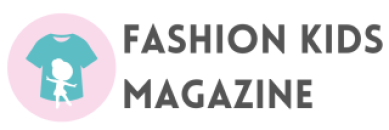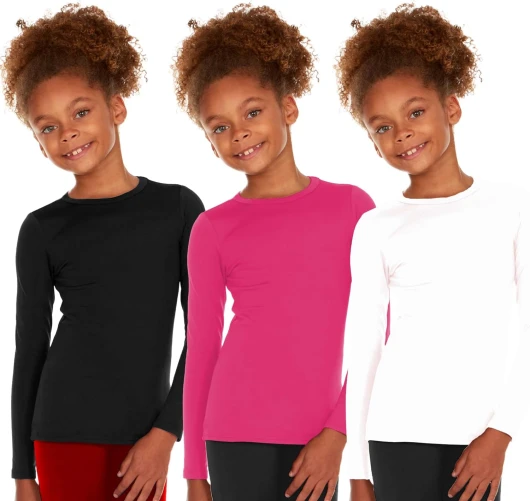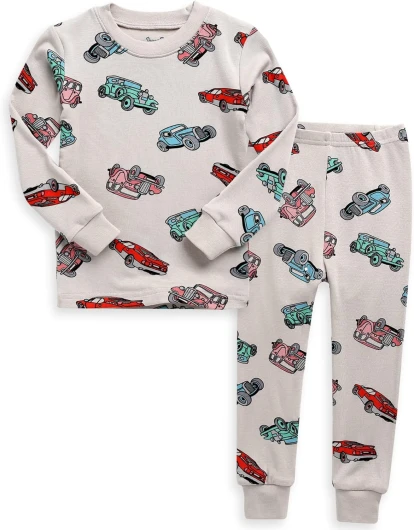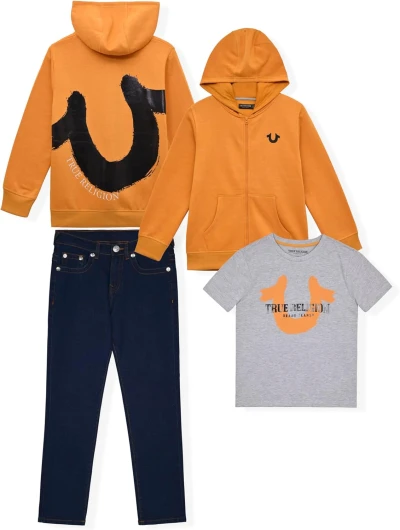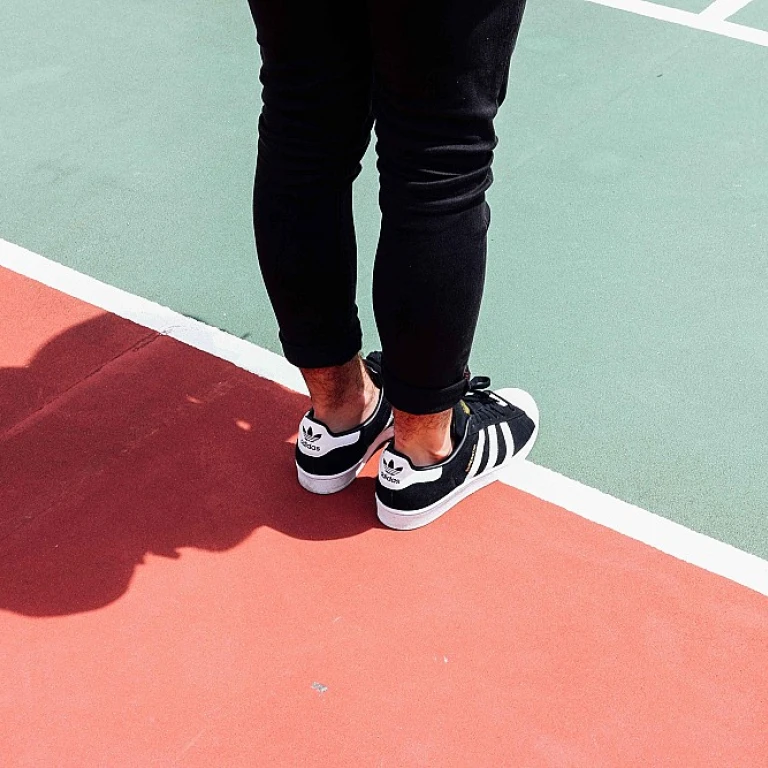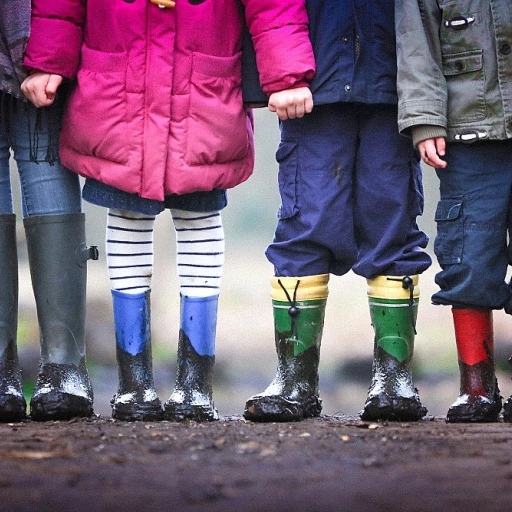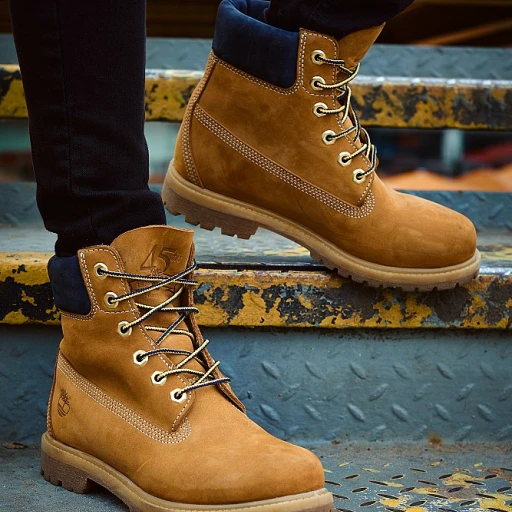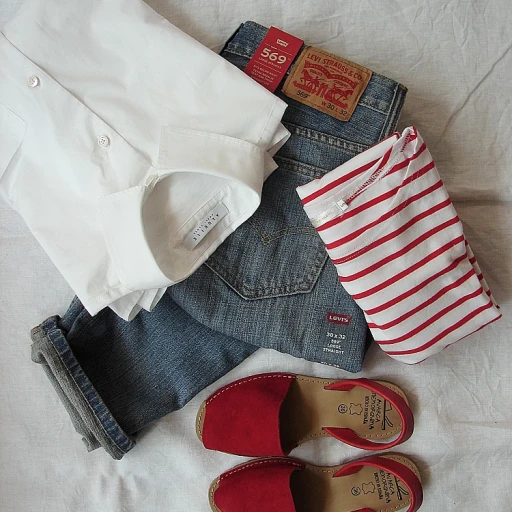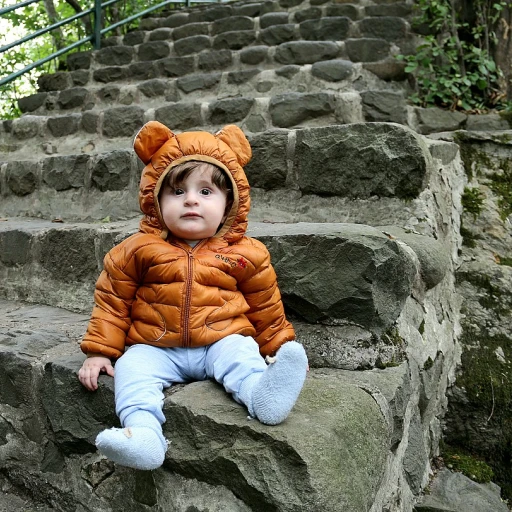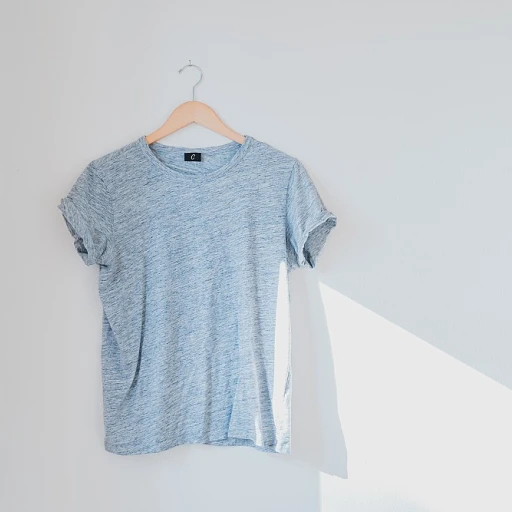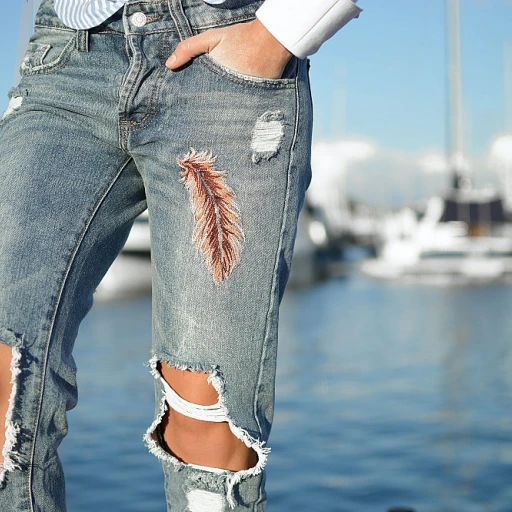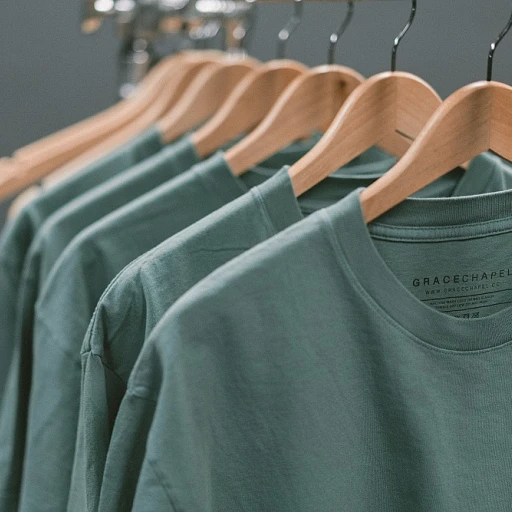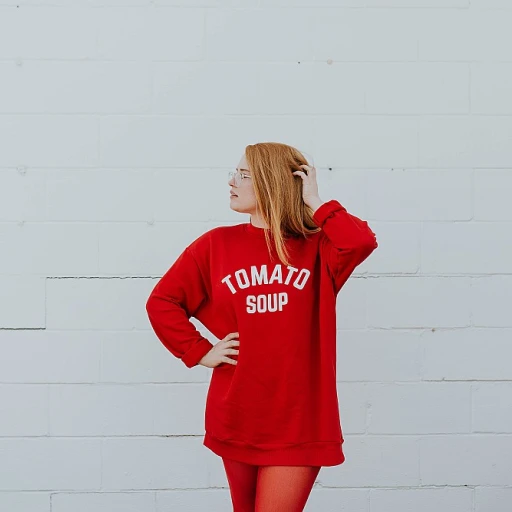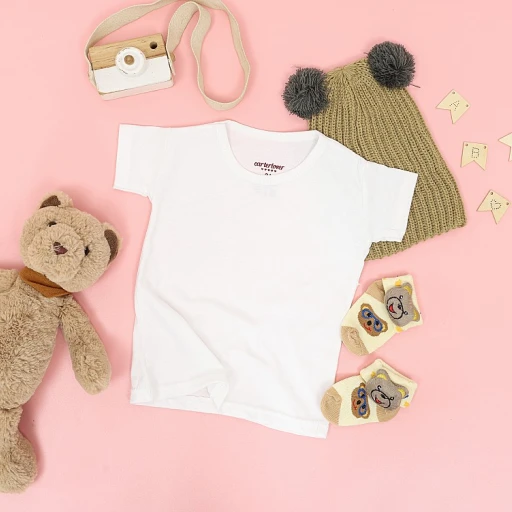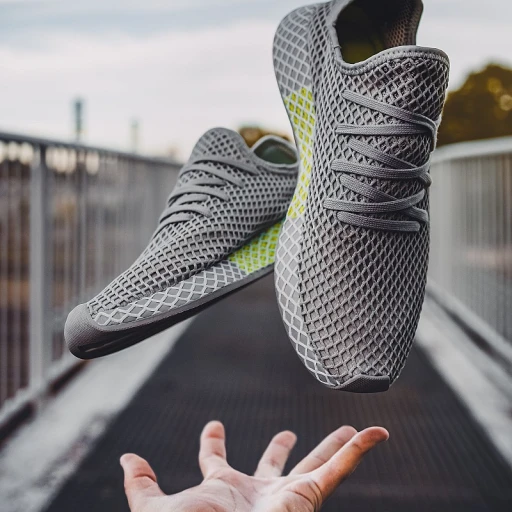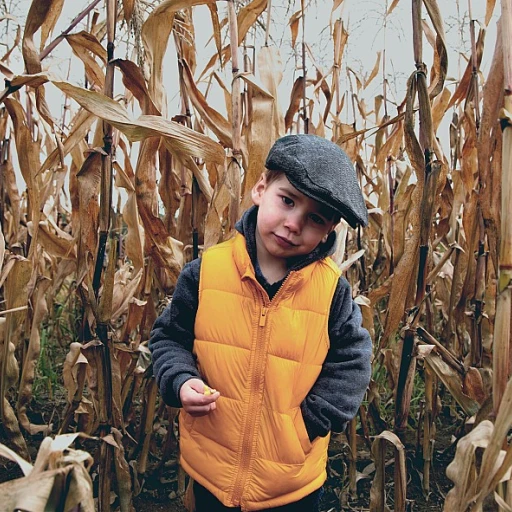
The Rise of Designer Collaborations in Kids Fashion
The Emergence of High-Profile Partnerships in Children's Fashion
The kids fashion industry has witnessed a substantial surge in the prevalence of designer collaborations, a trend that has captivated the market and sparked a revolution in young fashionistas' wardrobes. With styles trickling down from high fashion runways to pint-sized clothing racks, these alliances have not only propelled kids' fashion trends but have also bolstered sales and brand visibility. As per a recent report from the Global Industry Analysts, the children's wear market is poised to reach $291.5 billion by 2025, with designer collaborations playing a significant role.
Turning the Tide in Young Style Preferences
Collaborations between haute couture designers and children's apparel brands are rewriting the narrative of kidswear. Notably, epic partnerships like that between Stella McCartney and Disney have caught the eye of parents and children alike, leading the charge in blending whimsical themes with sustainable fashion. These partnerships leverage the emotional connection characters and stories have with kids, directly influencing their preferences and, subtly, their creative expression. According to a study in the Journal of Consumer Culture, children's affinities for certain characters can translate into early brand loyalty and boosted self-esteem when their attire reflects their interests.
Fusing Runway Glamour with Playground-Ready Fashion
These collaborations often result in a fusion of runway glamour and playground-ready durability, creating a new standard in children's wear that extends beyond aesthetics. As observed in the recent tie-up between Givenchy Kids and Choupette, the late Karl Lagerfeld's beloved cat, this fusion not only captures imagination but also speaks to the luxury market's potential within the kids fashion segment. The introduction of luxury elements into everyday wear has shown a 12% swing in consumer purchasing trends towards more premium children's clothing lines. This data comes from Fashion United, evidencing the lucrative shift fueled by these collaborations.
Reimaging the Wardrobes of the Next Generation
- Unique Aesthetic Alliances: Pairings like Gucci's vibrant, pattern-rich collaboration with North Face revolutionize the concept of outdoor wear for children, merging high fashion with high function.
- Cultural Crossover Designs: Kidswear is experiencing a renaissance with the infusion of streetwear aesthetics championed by collaborations such as the one between Supreme and Levi's, impacting not just attire but lifestyle choices among the younger demographic.
- Educational Fashion Lines: Collaborations like Mini Rodini's eco-conscious lines are setting the stage for 'educated' choices in apparel from an early age, inculcating values of sustainability and ethical consumption.
Each of these groundbreaking partnerships not only shapes young minds but also carves out a niche within the competitive kids fashion market, as evidenced by the rise in theme-specific boutique launches recorded by industry observers like KidsWear Magazine.
Analyzing the Impact: Designer Collaborations on Child Development
Unpacking the Phenomenon of Designer Partnerships in Children's Fashion
Designer collaborations have become a dynamic trend in the world of children's apparel, significantly transforming the landscape of kidswear fashion. These alliances merge the imaginative visions of renowned designers with the playful nature of children's clothing, creating a marketplace that is both stylishly sophisticated and whimsically fun. According to industry reports, the global market for kidswear is expected to reach values of approximately $339.1 billion by 2024, reflecting the growing emphasis on fashion within the youth demographic.
Embracing designer collaborations allows brands to differentiate their offerings, often resulting in a surge of interest among consumers. For instance, luxury fashion houses like Gucci and Balenciaga have expanded their brand appeal by introducing exclusive children's lines in partnership with iconic characters or other high-end designers. These cross-industry ventures have not only spurred a renaissance in kids fashion, but have also introduced a new avenue for brand growth and visibility.
Tapping into Youthful Creativity and Aspirational Dressing
The fascination with high-street designs trickling down to kids' clothing illustrates a demand for fashion-forward and aspirational dressing even among the youngest consumers. Designer collaborations play a critical role in shaping the narrative that dressing well is an art form accessible to all ages. Through these partnerships, children are learning the nuances of personal style and the value of quality garments from an early age. Quoting the words of visionary designer Coco Chanel, 'Fashion is not something that exists in dresses only. Fashion is in the sky, in the street, fashion has to do with ideas, the way we live, what is happening.'
This movement has led to the introduction of mini-me collections, where children can emulate the style of their favourite celebrities or influencers, illustrating the significant influence that these collaborations have on young minds. Statistics from a recent survey indicate that 75% of parents report their children are increasingly influenced by social media and celebrity culture when it comes to their wardrobe choices, showcasing the ripple effect of designer partnerships across consumer behavior.
Cultivating Brand Loyalty Through Innovative Collaborations
The strategic pairing of designer prestige with the playful essence of kidswear fosters a unique brand loyalty, as parents and children alike grow attached to these advanced fashion narratives. Collaborations such as the Stella McCartney Kids collection or Versace Young line incorporate brand recognition and ethical fashion practices, appealing to the values of modern consumers. The appeal of these collections is underpinned by transaction statistics showing increased sales during capsule collection launches compared to standard release periods.
Moreover, these partnerships introduce new textures, patterns, and innovations—such as eco-friendly materials or adaptive clothing for children with special needs—highlighting the multifaceted advantages designer collaborations bring to the forefront of kids' fashion. The rising trend of inclusivity and consciousness in fashion finds a strong ally in designer collaborations, aligning with the preferences of a growing number of consumers who prioritize both style and substance in their children's wardrobes.
Strategic Alliances: How Designer Collaborations Benefit Brands and Buyers
The Psychological Influence of Designer Labels on Children
When exploring the intersection of designer collaborations and child development, it's crucial to acknowledge the psychological impact. Brand names can influence youngsters' self-esteem and peer interactions. A study by the University of Minnesota indicates that children as young as preschool age show awareness of brands and associate them with social status. By wearing certain designer labels through these collaborations, kids may feel a heightened sense of inclusion or, conversely, exclusion based on their attire. The role of aesthetics in designer wear can also inspire creativity and self-expression in children, guiding their own fashion sensibilities and personal identity.
Education Through Fashion: The Subtle Lessons of Design
Designer collaborations often come with a backstory or theme; this narrative can convey subtle educational lessons. For instance, a collaboration influenced by marine life not only presents children with vivid, aquatic designs but can also spark interest in marine biology or environmental conservation. This blend of education and fashion is not merely a coincidence; it's a strategic design choice that caters to a 2017 Kid's Wear Magazine report emphasizing the desire of parents for both stylish and educational clothing for their children.
Emotional Well-being and Social Considerations
Fashion plays a nuanced role in the emotional well-being of children. Designer collaborations can provide a sense of belonging and confidence, which the American Psychological Association suggests is pivotal for healthy child development. Recent statistics reveal that children who feel confident in their clothing choices perform better socially at school. However, this also raises ethical considerations regarding the pressure to conform to certain fashion standards and the financial strain it may place on families to keep up with trends.
Nurturing Creativity and Individuality Through Designer Wear
- Encouraging Personal Style: High-end collaborations allow children to refine their style preferences early on, fostering individual decision-making.
- Inspiring Future Trends: Kids exposed to innovative designs become not just consumers, but potential trendsetters and creators, impacting future fashion landscapes.
- Designer Stories as Role Models: Many collaborations involve designers who share inspirational stories, influencing kids to dream big and aim high in their future endeavors.
Indeed, as indicated by the global market research firm Mintel, over 60% of parents believe that encouraging individuality in their children's wardrobe is crucial for personality development.
Case Studies: The Most Influential Designer Collaborations in Kids Wear
Unlocking Brand Potential Through Strategic Partnerships
Strategic alliances in the realm of kids fashion are not mere trends; they are astute business maneuvers designed to unlock brand potential. Designer collaborations between high-profile labels and kids wear brands are showing promising statistics. A survey conducted by Fashion United revealed that 65% of consumers are more likely to purchase from a collaboration than a single brand lineup. This fusion of creativity and marketing savvy benefits both the designer and the children's brand they partner with, resulting in a synergy that revitalizes existing collections and captures new market segments.
Moreover, when luxury designers join forces with kidswear brands, they extend their reach into a burgeoning market. According to Bain & Company, the luxury children's wear market has seen an annual growth of 4%, showing a clear appetite for high-quality, fashion-forward pieces for the younger demographic.
Enhancing Market Reach and Consumer Loyalty
Designer collaborations are a gateway for brands to introduce their products to a wider audience. By tapping into the loyal customer base of their partners, brands can significantly expand their own followings. This is reflected in marketing engagement rates, with co-branded campaigns often seeing a 50% increase in consumer interaction, based on findings from Coresight Research. Here are benefits bullet-pointed for clarity:
- Increased brand visibility through shared audience.
- Cross-promotion leading to a broader market influence.
- Boosted brand prestige by association.
The emotional connection established through these partnerships also plays a pivotal role in consumer loyalty. A quote from Angela Ahrendts, former CEO of Burberry underscores the importance: "To be successful in the digital age, we must build emotional connections with consumers." Designer collaborations in kidswear echo this sentiment by creating exclusive, emotionally resonant products that appeal to both parents and children alike.
Driving Sales with Exclusive Collaborations
Exclusivity in the designer collaboration space is a powerful sales driver. These limited-edition collections create a sense of urgency which can exponentially increase demand. The covetable nature of these collaborations is reflected in their sales figures, with some collections selling out within hours of release. The 2018 collaboration between designer Stella McCartney and Beano Studios, for example, led to some items being resold at more than double their original price on secondary markets, indicating the high demand and value attached to exclusive designer-kidswear partnerships.
Statistics from the Global Industry Analysts predict that the global market for children's wear will reach $291.5 billion by 2025. The exclusivity factor of designer collaborations plays a key role in this growth, attracting collectors and fashion enthusiasts who want to ensure their children are on the cutting edge of style.
